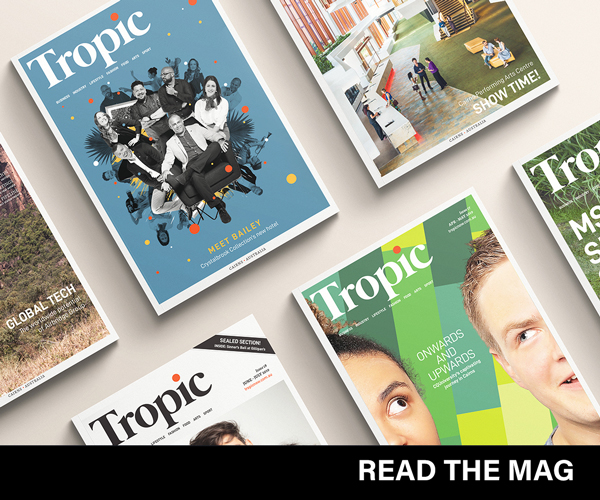Cairns' multicultural makeup is shifting from Europe to Asia

The multicultural mix in Cairns is slowly shifting from Europe to Asia.
The release of 2016 Census data today shows Indian, Chinese and Filipino migrants are flocking to Cairns at up to three times the rate of Germans, Greeks and Italians.
Census results show nearly 29,500 extra people moved to the city over the past decade, taking the total population to 156,901 people now living in the area stretching from Babinda to Ellis Beach.
Australian-born residents continue to dominate the nationality blueprint in the city, with 108,012 people counting themselves as natural born Aussies.
Those born in the UK and New Zealand account for a further 12,033 local residents.
But the remainder of nationalities contained in today’s data shows a dramatic shift in the balance of growth between European and Asian expats now calling Cairns home.
While population growth from countries such as Germany, Greece, Netherlands, and Italy has plateaued or gone backward, the number of new residents from China, India, Vietnam and the Philippines have doubled and in some cases tripled in the same period.
Changes in nationalities of Cairns residents in today's Census data:
| Country | 2006 | 2016 |
|---|---|---|
| India | 295 | 1374 |
| China | 250 | 789 |
| Vietnam | 89 | 263 |
| Philippines | 944 | 1806 |
| Germany | 924 | 1024 |
| Greece | 95 | 58 |
| Italy | 669 | 651 |
| Netherlands | 481 | 529 |
Centacare Multicultural Services manager Tracey John said the service had noticed the shift in their client base over recent years.
The organisation is currently running its #wearecairns campaign, aimed at promoting cultural diversity in the city.
“While our main client cohort comes through the humanitarian and refugee process, we are definitely working with more people from India, China and the Philippines in our general service offerings,” Ms John said.
“The main functions we are delivering to those nationalities include the citizenship process and assistance in bringing family into the country.
“We also provide a lot of support in helping those communities get up and running in Cairns in terms of building an association, particularly within the diverse Indian community.”
Dr Chris White from Migration Plus said the shifting economic fortunes of nations was the key driver in migration trends.
“In decades past, Europeans came to Far North Queensland for farming, but today the shift in Asian migration is mainly due to their rising economies,” he said.
“People in places like India and China are upskilling compared to decades past and they’re bringing those skills to Australia.”
Other data in today’s Census release shows the median age in Cairns has risen from 35 years old in 2006 to 37 in 2016.
Our median personal income has risen from $530 per week to $693 but we’re paying more for mortgages and rent. The median house repayment has climbed from $1268 per month in 2006 to $1665, while rent has jumped from $200 per week in 2006 to $300.


